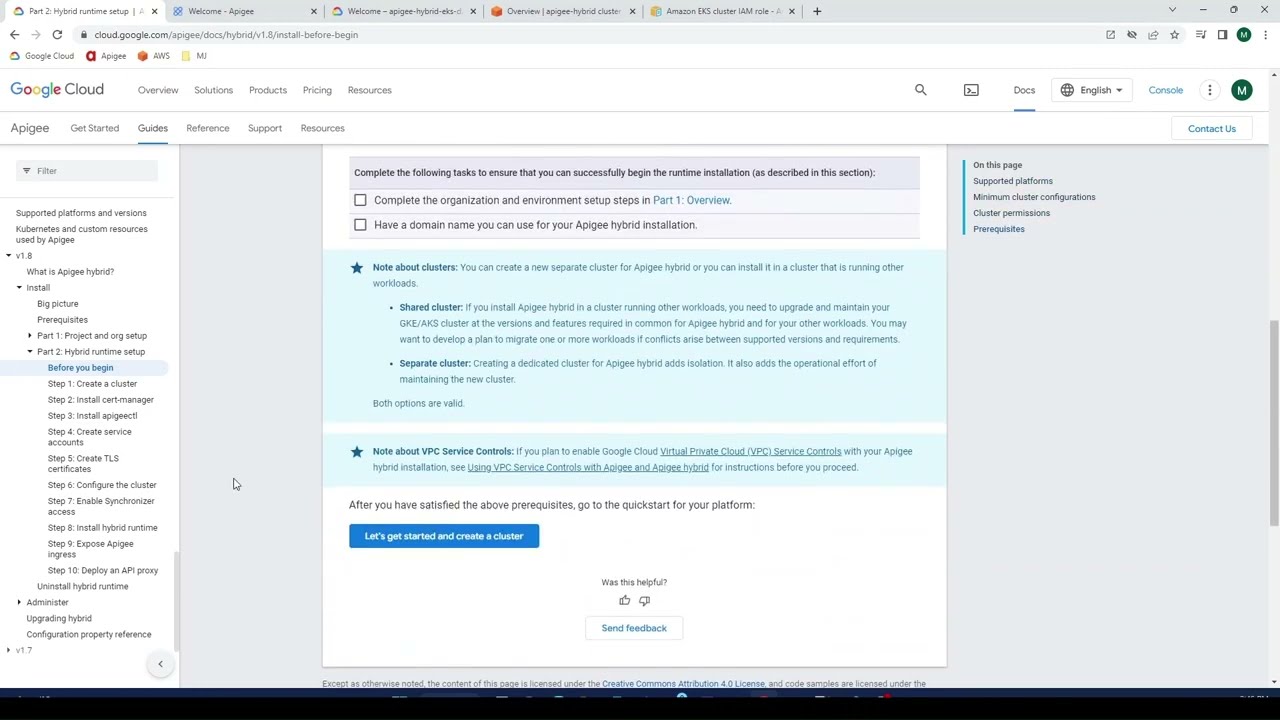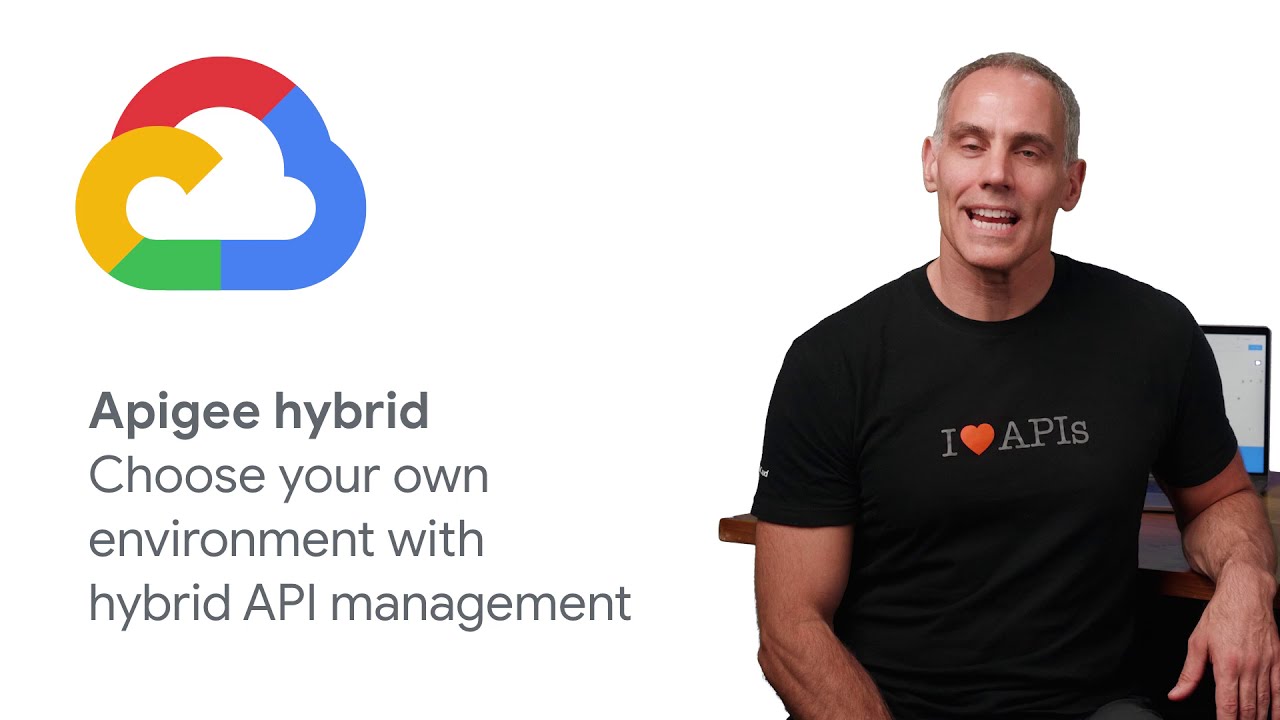Apigee Hybrid Architecture

In the world of information technology, APIs (Application Programming Interfaces) have become an essential component in modern application development. As businesses and enterprises continue to adopt digital transformation strategies, APIs have become a vital tool to enable their digital success. API management platforms like Apigee provide businesses with the necessary tools to manage and secure their APIs effectively. Apigee hybrid architecture is one such platform that provides a seamless integration between cloud and on-premise deployment models. In this article, we will take a deep dive into Apigee hybrid architecture, its benefits, and how to implement it.
What is Apigee Hybrid Architecture?

Apigee hybrid architecture is a deployment model that combines the advantages of both cloud and on-premise deployment. The hybrid architecture enables organizations to run their API management platform in their data centers while taking advantage of the scalability, security, and flexibility of the cloud. With Apigee hybrid architecture, businesses can deploy the runtime components of the Apigee platform on-premises while leveraging the cloud infrastructure for other components such as developer portal, analytics, and management plane.
How Does Apigee Hybrid Architecture Work?

Apigee hybrid architecture works by distributing the different components of the API management platform across on-premise and cloud infrastructures. The on-premise deployment includes the Apigee Edge runtime components such as Message Processor, Router, and QPID. The cloud deployment includes the Developer Portal, Analytics, and Management Plane. The integration of these two deployments is done through Apigee’s Cloud Services component, which provides connectivity between the on-premise and cloud components.
Pros and Cons of Using Apigee Hybrid Architecture

Like any other technology solution, Apigee hybrid architecture has its pros and cons.
Pros:
- Scalability: Apigee hybrid architecture allows businesses to scale their API management platform as per their requirements. The cloud infrastructure provides the flexibility to scale up and down based on demand, while the on-premise deployment ensures that businesses have complete control over their sensitive data.
- Security: With Apigee hybrid architecture, businesses can keep their sensitive data on-premise while leveraging the cloud for other components of the API management platform. This ensures that businesses can maintain strict security controls over their critical information.
- Flexibility: Apigee hybrid architecture provides businesses with the flexibility to choose where to deploy different components of the API management platform. This enables organizations to tailor their deployments based on their specific needs.
Cons:
- Complexity: Implementing Apigee hybrid architecture requires expertise in both cloud and on-premise deployment models. This can be a challenge for businesses without the necessary resources or skills.
- Cost: Apigee hybrid architecture may require additional resources and investment to set up and maintain the on-premise deployment.
How to Implement Apigee Hybrid Architecture?

Implementing Apigee hybrid architecture requires careful planning and execution. Here are the steps involved in implementing Apigee hybrid architecture:
- Choose the right deployment model based on your organization’s needs.
- Set up the on-premise deployment by installing the Apigee Edge runtime components such as Message Processor, Router, and QPID.
- Configure the Cloud Services component to enable communication between the on-premise and cloud components.
- Deploy the cloud-based components of the API management platform such as Developer Portal, Analytics, and Management Plane.
- Integrate the on-premise and cloud components using Apigee’s Cloud Services component.
- Test the implementation thoroughly to ensure that all components are working together seamlessly.
Alternatives to Apigee Hybrid Architecture
While Apigee hybrid architecture is a powerful solution for managing APIs, there are alternatives available. Some of the popular alternatives to Apigee hybrid architecture include:
- AWS API Gateway: Amazon’s API Gateway is a cloud-based solution that enables businesses to create, manage, and secure APIs.
- MuleSoft Anypoint Platform: MuleSoft’s Anypoint platform is a unified platform for API management, integration, and analytics.
- IBM API Connect: IBM’s API Connect is a complete API lifecycle management solution that supports both cloud and on-premise deployment models.
FAQs
What is Apigee hybrid architecture?
Apigee hybrid architecture is a deployment model that combines the advantages of both cloud and on-premise deployment.
How does Apigee hybrid architecture work?
Apigee hybrid architecture works by distributing the different components of the API management platform across on-premise and cloud infrastructures.
What are the benefits of using Apigee hybrid architecture?
The benefits of using Apigee hybrid architecture include scalability, security, and flexibility.
What are the cons of using Apigee hybrid architecture?
The cons of using Apigee hybrid architecture include complexity and cost.
What are some alternatives to Apigee hybrid architecture?
Some popular alternatives to Apigee hybrid architecture include AWS API Gateway, MuleSoft Anypoint Platform, and IBM API Connect.
Conclusion
API management platforms have become an essential component in modern application development. Apigee hybrid architecture is a powerful solution for managing APIs that combines the benefits of both cloud and on-premise deployment models. With Apigee hybrid architecture, businesses can maintain control over their sensitive data while leveraging the flexibility and scalability of the cloud. However, implementing Apigee hybrid architecture requires careful planning and execution, and there are alternatives available for businesses that may not require such a complex solution.
In conclusion, Apigee hybrid architecture is a robust technology solution that enables businesses to manage and secure their APIs effectively. With its scalability, security, and flexibility, Apigee hybrid architecture provides businesses with the necessary tools to succeed in today’s digital landscape.